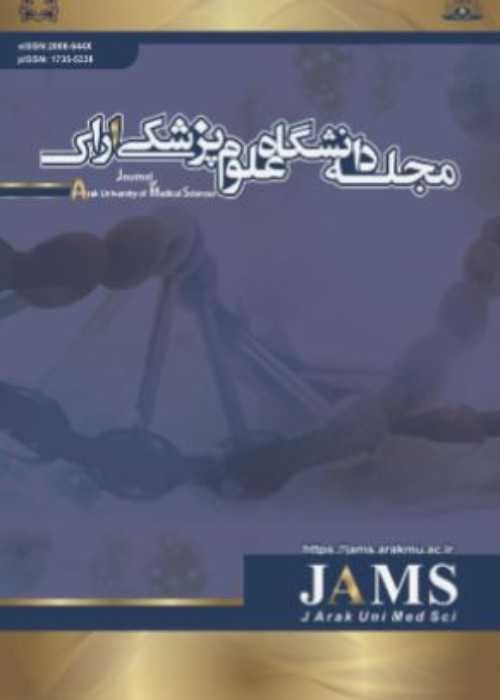Comparison of the Mechanical Effects of Silver Nanoparticles on Some Types of Organisms
One of the new technologies in this century is nanotechnology. Nanotechnology is a vast and promising research platform that has opened up a wide range of opportunities in various fields including pharmacy, medicine, electronics and agriculture. One of the applied nanoparticles in the field of nanobiotechnology is silver nanoparticles. One of the most important features of these nanoparticles is the creation of programmed cell death (Apoptosis). This property has created its antiseptic properties against bacteria, fungi, viruses and nematodes. Nanoparticles have better performance against microorganisms due to their high surface-to-volume ratio and higher contact surface. Meanwhile, silver nanoparticles have shown unparalleled antimicrobial activity against a wide range of microorganisms and have recently attracted the attention of many researchers.
In this study, a review of all databases, including ISI Web of Science, Scopus, ISC, PubMed, Google Scholar Learners, Noor, related articles were examined.
Ethical principles have been observed in writing the article.
The antimicrobial effect of silver nanoparticles depends on the concentration, shape and diameter of the nanoparticles as well as the time of effect and the type of microorganism. The molecular mechanism of these nanoparticles has been through oxidative stress. The mechanism of inhibitory action of silver ions on microorganisms is the loss of DNA replication ability, inactivation of the expression of ribosomal subunit proteins and other bacterial cell proteins and enzymes necessary for ATP production. The effect of silver ions is primarily on the function of membrane-bound enzymes such as key enzymes in the respiratory chain. Thus, similar cellular mechanisms can cause cell death effects in prokaryotes, fungi, and eukaryotes.
The results showed that variables such as type of microorganism, contact time, concentration, shape and diameter of silver nanoparticles had a significant effect on inhibiting microbial growth.
- حق عضویت دریافتی صرف حمایت از نشریات عضو و نگهداری، تکمیل و توسعه مگیران میشود.
- پرداخت حق اشتراک و دانلود مقالات اجازه بازنشر آن در سایر رسانههای چاپی و دیجیتال را به کاربر نمیدهد.


